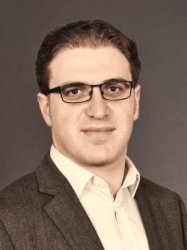BibTex format
@article{Jankowski:2021:10.1109/JSAC.2020.3036955,
author = {Jankowski, M and Gunduz, D and Mikolajczyk, K},
doi = {10.1109/JSAC.2020.3036955},
journal = {IEEE Journal on Selected Areas in Communications},
pages = {89--100},
title = {Wireless image retrieval at the edge},
url = {http://dx.doi.org/10.1109/JSAC.2020.3036955},
volume = {39},
year = {2021}
}

